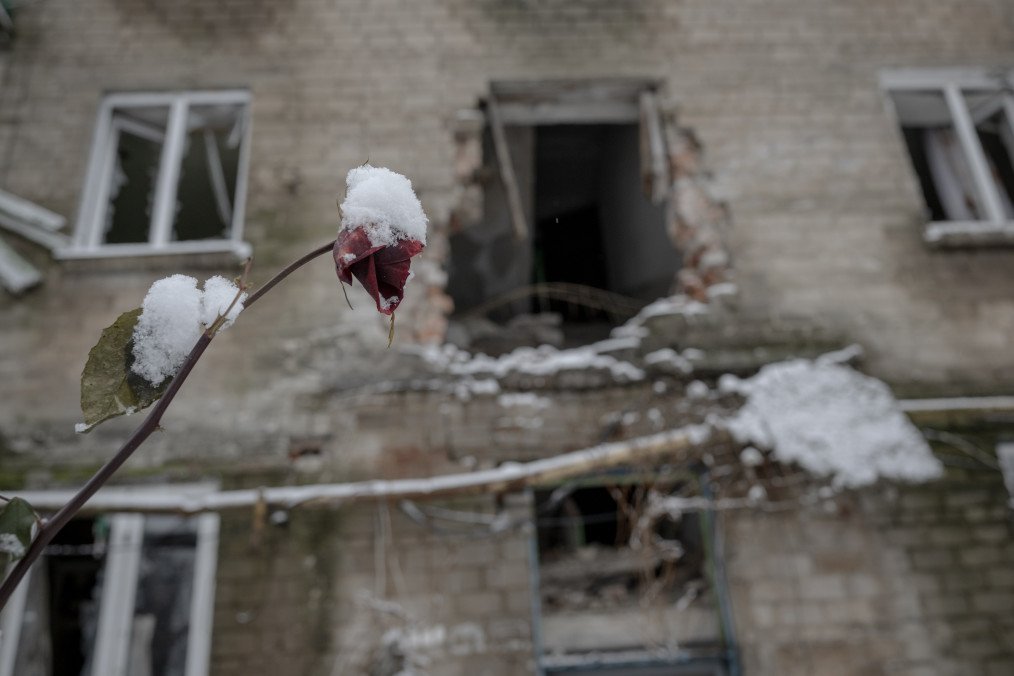The powerful glide bombs that the Russian army began using last winter to strike Ukrainian positions and cities were the most significant military innovation of 2024.
The Moscow Times reported on March 10 that these bombs were covered extensively, while Ukrainian soldiers and politicians repeatedly raised alarms, urging Western countries to allow long-range missile strikes on Russian territory, including airfields, to prevent the launching of such bombs.
However, this winter, reports of glide bomb attacks have largely disappeared—and not because of Western missiles, the news agency noted.
Just months ago, Kyiv seemed powerless against the bombs. At the end of 2024, former Foreign Minister Dmytro Kuleba told the Financial Times, “You cannot jam [glide bombs], you cannot hide from them.”
According to The Telegraph, the Ukrainian Armed Forces have learned to disrupt the flight-control sensors of these bombs, including with the help of F-16 fighter jets received last year,
The Telegram channel Fighterbomber, operated by an anonymous Russian pilot, reported that Ukrainian jammers have “saturated the front line,” disrupting the internal navigation systems of Russian glide bombs.
“All satellite-guided correction systems have checked out,” the pilot remarked.
The North Atlantic Alliance has launched a new initiative to develop countermeasures against Russian-guided glide bombs. As part of NATO's technological innovation platform, the 15th edition of the “Innovation Challenge” is now open, focusing on detecting, intercepting, or neutralizing these airborne threats.
-f88628fa403b11af0b72ec7b062ce954.jpeg)




-111f0e5095e02c02446ffed57bfb0ab1.jpeg)

